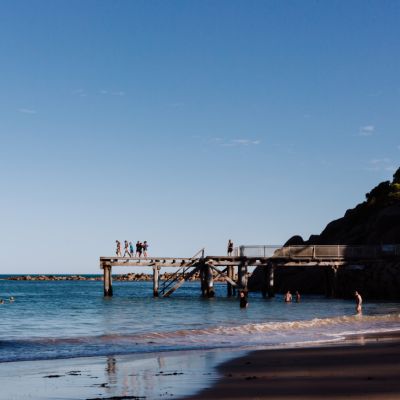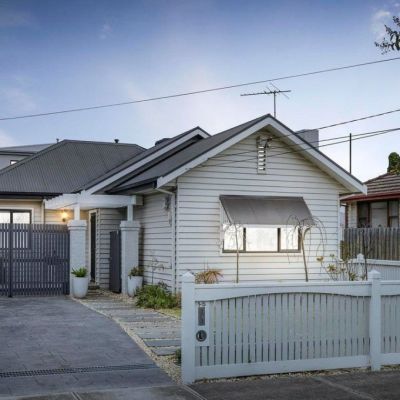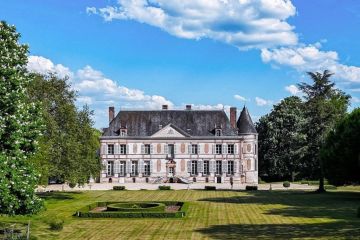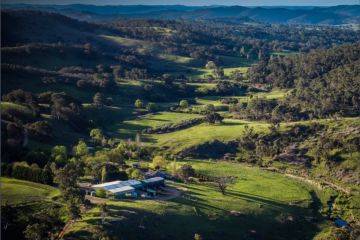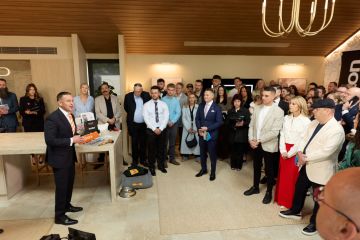Where it's most expensive to be a tenant in Australia: The 118 postcodes with a median rent of more than $1000 a week
It’s no secret that Australian tenants are doing it tough, and new data has revealed there are now 118 postcodes across the nation where the median rent price is more than $1000 a week.
Across the capital cities, the cost of renting has soared by 11.5 per cent over the past year to a new national median price of $580, according to the latest Domain Rent Report.
For those tenants renting in suburbs where the median price is at least $1000 – and in some cases up to $2800 a week – their sky-high rents are reflective of the broader changes experienced across rental markets in most parts of the country.
Unsurprisingly, many of the most expensive Australian suburbs in which to rent are located in Sydney. Vaucluse, Double Bay, Dover Heights, Bronte and Rose Bay were ranked as the top five.

Tenants in Dover Heights are still paying a weekly asking rent of $2200 a week, despite rental prices having fallen by nearly 8 per cent over the past 12 months.
The current growth drivers of rentals across Australia are a lack of supply and surging demand.
With overseas migration estimated to be higher than in the previous financial year, rental costs will likely continue to rise for a while longer, says Domain chief of research and economics Dr Nicola Powell.
“Renting in these suburbs is a lot of money, certainly, but there are many different circumstances that can slot into the type of person who would pay that type of coin to rent in one of these premium lifestyle suburbs,” she says.
While Sydney suburbs dominate when it comes to the most expensive places to rent, there are other regions throughout the country where tenants are forking out more than $1000 a week – and some may be surprising.
Rents in a number of suburbs in south-east Queensland and Western Australia are more than $1000 a week, coming in well above any of Melbourne’s most valuable suburbs, like Toorak and Brighton.
Dalkeith, one of Perth’s most affluent areas, is ranked 36th. Tenants in this area pay a median rent of $1350 a week.
Outside Perth, there are a handful of Western Australia’s country mining towns that do not come cheaply.
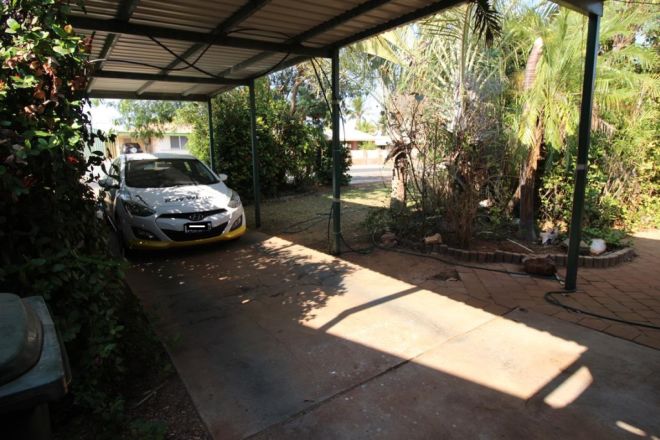
Port Hedland and Baynton, both more than 15 hours’ drive north of Perth, are known for iron ore mining and exports. The median weekly asking rent for a house in both towns is $1200.
This is more than double Perth’s median asking rent of $580 a week.
The median house price in Port Hedland is $730,000, while the median cost of a house in Baynton is $645,000, which means it should make more sense financially to buy rather than rent – but local real estate agent Dianne Lovell of Ray White Port Hedland says there aren’t enough properties for sale to cater for all the workers.
Companies are willing to pay “pretty much anything” to find accommodation for their employees, she says.
“Properties don’t stay in the market for very long, so a lot of investors are buying and renting out to these [mining] companies because rent yields are really good,” she says.
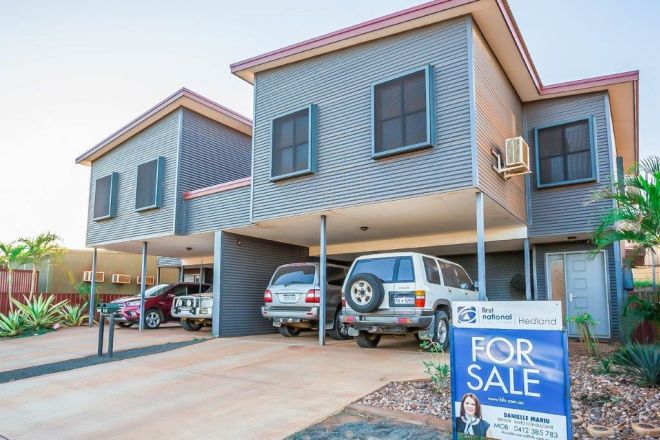
In the last week, Lovell helped lease one house for $2000 and another for $1300 a week.
“It’s cheaper for companies to rent houses with several rooms than getting them individual units,” she says. “There was one [company] which rented about 25 homes so they could use it as their camp during the project.”
Typically with mining towns like Port Hedland, workers are there for a short period ranging from several weeks to several months, Powell says.
“While it may seem cheaper to purchase than rent, it’s all about financial circumstances,” she says. “It may be better to commit to purchasing a home in the area you’re looking to live in longer-term.”
Mining towns tend to be volatile because a single source, such as mining iron ore, drives its economy, Powell says. Places like Port Hedland have seen tremendous annual rental growth for quite some time due to mining cycles, but the minute those cycles decline, prices will go down.
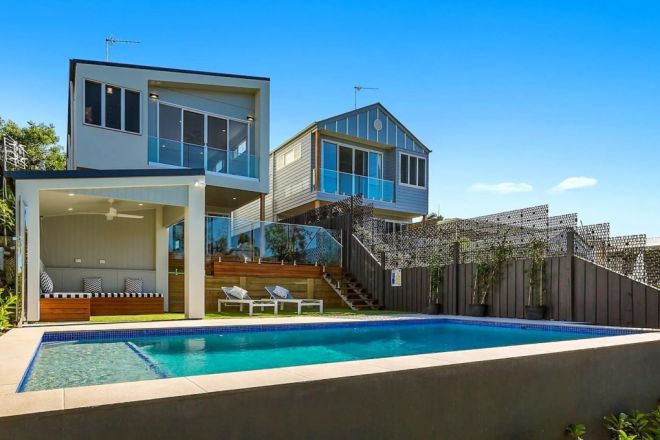
Several south-east Queensland suburbs also ranked highly for high rents, like Broadbeach Waters, Mermaid Beach and Bundall on the Gold Coast, and Sunshine Beach at Noosa.
In Mermaid Beach, tenants pay a median weekly rent of $1100 and saw a 23 per cent increase in rent prices over the past year.
“Rents across the whole south-east area have gone up because there are now more modern units and properties available that tenants are willing to pay higher rent for to get lifestyle improvements,” says local real estate agent Luke Henderson of John Henderson Real Estate.
Places like Mermaid Beach have grown in terms of what they offer for day-to-day lifestyles, Henderson says, adding that the growth in nicer restaurants, proximity to the beach and public transport improvements have made it desirable to live in. But that demand has also pushed the price up.
“A few years ago, you could have rented a house for $400 to $500 a week,” he says. “Now those same properties [are] more than $1000 a week simply because people are willing to pay for a better lifestyle.”
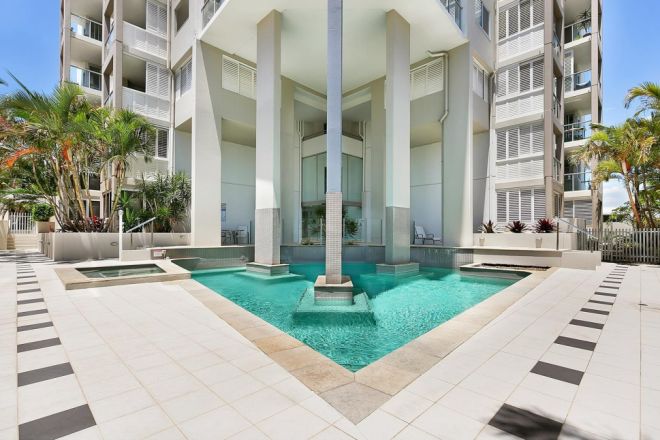
Even the most exclusive high-end suburbs have felt the brunt of the unsustainable rental market growth, Powell says.
“I do believe that it doesn’t matter [what the price point is] – affordability ceilings are impactful across the board,” she says. “Some of these areas have seen extraordinary rates of growth. We’ve seen some that had stronger annual change than they’ve got over five years.”
But Powell believes there is an end in sight for the general rental market, and it’s moving through its peak as vacancy rates have begun increasing across the country, along with the overall available supply.
Henderson agrees and is already starting to see the effects locally.
“The lack of supply is changing,” he says. “There is a lot more available to rent now than two to three months ago. What we are seeing on the ground is it’s become easier for tenants to find a rental property.”
We recommend
We thought you might like
States
Capital Cities
Capital Cities - Rentals
Popular Areas
Allhomes
More
